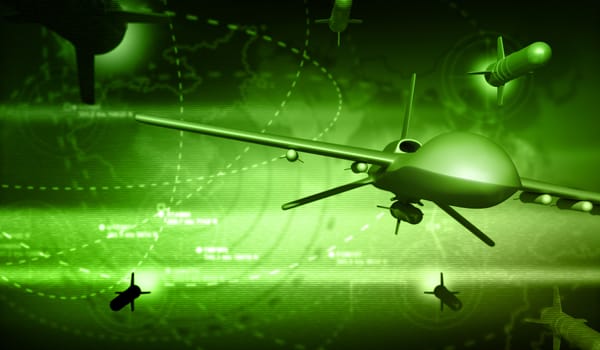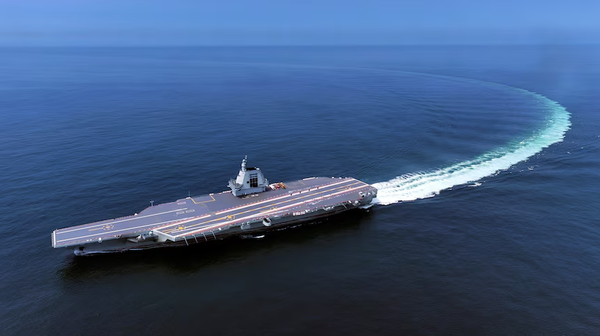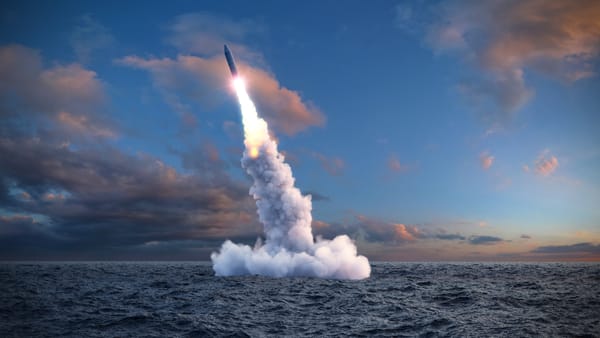Sonar and Acoustic Sensors

Sonar and Acoustic Sensors: Underwater Dominance in the Modern Battlespace
Sonar (Sound Navigation and Ranging) and acoustic sensors are vital technologies that enable detection, navigation, communication, and surveillance in underwater environments. These systems function by emitting sound waves and analysing their reflections or by passively listening to underwater acoustic signatures. They are employed in a wide array of applications, from naval warfare and anti-submarine operations to seabed mapping, underwater communications, and marine research.
Modern sonar systems include active sonar, which emits sound pulses and detects echoes, and passive sonar, which listens for sounds emitted by vessels or marine life. Acoustic sensor arrays, often integrated into submarines, surface ships, unmanned underwater vehicles (UUVs), and seabed installations, are becoming increasingly sophisticated with advances in digital signal processing, AI, and miniaturisation.
Strategic Importance
Sonar and acoustic sensors are cornerstone technologies for maritime security and undersea dominance. In defence, they are crucial for submarine detection, mine countermeasures, and maritime domain awareness. Superior sonar capabilities enable navies to protect critical sea lanes, detect hostile submarines, and operate stealthily in contested waters.
Submarines remain a critical element of strategic deterrence, and sonar systems determine their survivability and effectiveness. Acoustic technologies also underpin anti-submarine warfare (ASW), enabling countries to secure their maritime perimeters and monitor adversary activity in the deep ocean.
Beyond military applications, these sensors support oceanographic research, offshore energy exploration, and environmental monitoring. The ability to map and monitor the underwater environment has growing economic and ecological significance, particularly as interest rises in deep-sea resources and infrastructure protection.
Top 5 Nations Leading This Capability
- United States – The global leader in sonar and acoustic sensing, driven by its advanced submarine fleet, integrated ASW capabilities, and extensive investment in naval R&D. The U.S. Navy and defence contractors dominate in active and passive sonar innovation.
- Russia – Maintains a strong legacy in undersea warfare and continues to invest in low-frequency sonar, submarine quieting technologies, and deep-sea surveillance networks.
- China – Rapidly building capability in underwater sensors as part of its broader maritime power projection. China is deploying seabed sensor networks and enhancing its UUV and sonar-equipped naval platforms.
- France – A leader in undersea defence systems through companies like Thales, France develops cutting-edge sonar for surface vessels, submarines, and underwater drones.
- United Kingdom – The UK has a robust ASW tradition and continues to advance sonar systems for naval platforms, integrated with its submarine and maritime patrol aircraft capabilities.
Future Outlook
The future of sonar and acoustic sensors lies in distributed networks, AI-enhanced detection, and multi-domain integration. New developments include ultra-low-frequency sonar, synthetic aperture sonar (SAS), and AI algorithms that can distinguish between natural and artificial acoustic signatures with high precision.
Autonomous underwater systems equipped with miniaturised sonar will become more prevalent, enabling persistent surveillance in remote and contested waters. Ocean-floor sensor grids and passive acoustic networks will provide wide-area, continuous coverage of key maritime zones.
As undersea competition intensifies and seabed infrastructure becomes more critical, sonar and acoustic sensor capabilities will shape how nations project power, secure underwater assets, and manage strategic chokepoints. Control of the underwater battlespace is increasingly synonymous with control of global maritime strategy—and sonar is the decisive enabler.




